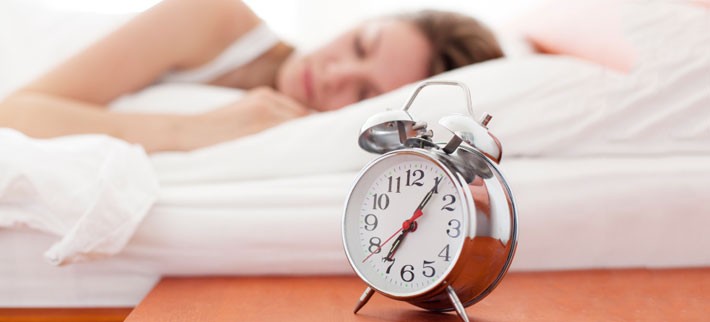How the Commercialisation of Coronasomnia may lead to us to forget what we really need for a good nights’ sleep

By Brendan Street, Professional Head of Emotional Wellbeing, Nuffield Health
Despite a year of remote working under our belts, it’s safe to say we’ve found it difficult to adjust to the ‘new normal’. Our homes are no longer a sanctuary away from the workplace, where we would traditionally switch off, relax and unwind.
A staggering 50 percent of the UK population report that that their sleep has been disturbed due to Covid. The number of people experiencing insomnia has risen to one in four.
Difficultly sleeping has also become highly commercialised during recent months with sales of ‘sleeping aids’ rising sharply. Silk pillowcase sales have increased by 533 percent, sales of weighted blankets are up by 250 percent, and reports show products in the sleep and relaxation category have grown by over 30 percent compared with previous years.
Although there is research to suggest that some aids can provide benefit, solutions to sleep difficulties do not need to be expensive, and there are some simple tips you can follow to improve sleep based on proven techniques from cognitive behaviour therapy (CBT)
By getting back to some simple basics we can overcome these difficulties and greatly improve our sleep patterns.
These ‘SOUND ASLEEP’ tips can guide you through both interventions.
Stimulus control
S – Sleep – The bed should be reserved for sleep and sex only. To strengthen the connection with the bed and sleeping you need to associate it with sleeping. The more additional things that you do in bed, the weaker, more diluted, the connection between sleep. If you need to work from your bedroom, section off an area that is designated for work.
O – Observe – Whilst in bed observe the feel of the mattress beneath you, the comfort of the pillows, the sense of being ‘absorbed’ into the mattress. Try to make all the sensations associated with the bed and sleep as vivid as possible.
U – Unable to get to sleep – If you can’t sleep after 15 to 20 minutes, apply the quarter of an hour rule. Get up, get out of bed and go to a different room and do something not stimulating for 20 to 30 minutes, then return to bed. Repeat until you sleep. This is hard but necessary. If you lie in bed unable to sleep for long periods you start to associate your bed with wakefulness and maybe agitation.
N – No napping – To strengthen the connection between night-time sleep behaviour and the bed, you need to ban any daytime napping. It’s essential to associate both the night (and the bed) with sleep and the day with wakefulness.
D – Decide your routine and stick to it – If you go to bed at 11:00 pm – always have a fixed rising time no matter how well you sleep. The amount of sleep we need differs from person to person but if you don’t have fixed bedtime and rising time the risk is that sleep starts to ‘seep’ into the day and you lose that valuable association between sleep behaviour and night-time/the bed.
Sleep Hygiene
A – Alcohol and nicotine – Both will interfere with sleep so limit these before bed
S – Sleep environment – Make sure the bedroom is dark enough, comfy enough (pillows, mattress), quiet enough with good air quality and appropriate temperature for sleep
L – Leave it out – Leave laptops, smart phones, TV’s, paperwork out of the bedroom. Our body clock is extremely sensitive, and even small amounts of lights from appliances can disrupt the production of helpful sleep hormones.
E – Exercise regularly – Around an hour’s exercise a day will help, but leave a ‘buffer’ period of at least 2 hours before bed
E – Eat a balanced diet – Make sure you consume a balanced diet throughout the day and aim to have a ‘buffer’ period of at least 2 hours before going to bed after eating a large meal.
P – Plan for sleep – Try to develop a ‘wind-down’ routine at least 60 minutes before you go to bed. This period should involve ceasing doing stimulating activities and instead engaging in more relaxing activities like having a bath or listening to relaxing music.





